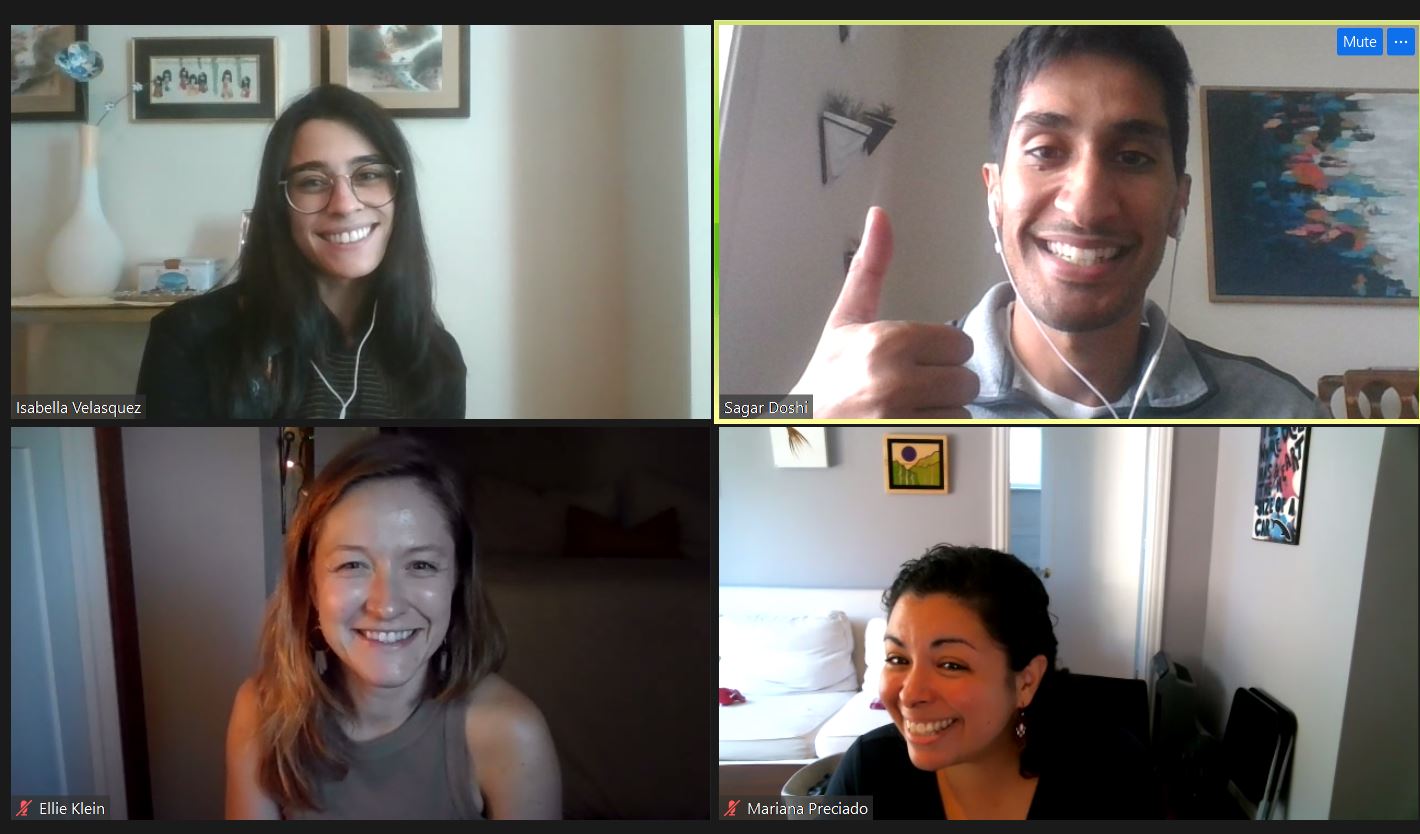CRB Graduate Student Applies Learnings as EDF Climate Corps Fellow
From day one, my 10-week summer internship as an Environmental Defense Fund Climate Corps fellow at National Geographic felt like an extended business school case study. The best part about this was being able to draw from what I’ve learned in various courses and projects during my first year at Haas and apply it directly to the field I hope to work in post-MBA: corporate sustainability. It turns out the MBA toolkit – from Finance and Accounting to Organizational Behavior and Strategic CSR – comes in really handy.
Before our internships began, all 98 fellows – MBA and MPA students who would work in companies, universities and various governmental departments across the country for the summer – met in Charlotte, North Carolina for a week of intensive training on how to make the business case for energy efficiency.
For me, the new content came during deep-dive technical sessions on building operations, while the valuation tools that were introduced were very familiar from those long days studying in Haas’ “MBA core”. What does HVAC stand for, and how does it relate to running an efficient building? Hmmm, let me jot that down. How do you asses energy efficiency projects in terms of NPV, payback period, kWh of electricity and CO2 savings? Fortunately, the idea that energy efficiency investments are low-risk and thus require a lower hurdle rate in company decision-making was already intuitive (thank you very much, Haas study-mates!).
But even with those hard core financial analysis skills top-of-mind, it quickly became apparent that my manager, the Chief Sustainability Officer, was primarily focused on creating a strategy to use sustainability as a decision tool throughout the company (as opposed to making the business case for individual energy efficiency projects – many of which the company had already invested in and completed).
This would require an array of skills and abilities that, fortunately, my first year at Haas had already equipped me with and exposed me to:
- Considering and ultimately appealing to the varying interests of a diverse set of decision-makers
- Coming up with an approach that could lead to a change corporate behaviors
- Using data to back up the argument for sustainability investments
- Delivering a succinct and cohesive final presentation that could be immediately acted upon and implemented
The first step was to identify the stakeholders who were critical for buy-in. The recurring theme through extensive best practices research and interviews of companies with prominent and innovative sustainability programs is that this has to come from the top. When senior management articulates a clear vision for social and environmental responsibility, employees and the public receive a clear signal that says, “we are serious about sustainability”. While National Geographic’s brand and mission are inherently “green,” its sustainability initiatives had previously been entirely grassroots and entirely employee volunteer-driven.
I spent the middle part of my internship trying to sit down with as many stakeholders from as many departments as possible, exploring their thoughts on key social issues and what goals would they propose as being critical for continued success. As National Geographic is primarily a nonprofit organization (with some for-profit branches such as digital media and the TV channel), no one single process drives business decisions. This made my meetings interesting, as individuals from every department – from facilities and financial planning and engineering to editing – had unique goals and incentives.
Drawing upon some of the business cases and employee engagement exercises I had studied and completed in my Strategic CSR & Projects course, as well as insights on incentivizing behavior change from my Leading People course, I was able to craft a story that would be compelling to the diverse group of individuals on the senior management team. For example, the CEO was very interested in benchmarking, so I created a comparison of sustainability initiatives among companies in the media and publishing industries. The EVP of Communications was interested in the risks associated with opening ourselves up for criticism from outside stakeholders, so I presented examples of the best and most transparent sustainability reports that National Geographic could emulate, capitalizing on its own talented graphic design and communications team.
While it was important to quantify the financial and environmental benefits of our energy, waste, water and greenhouse gas reduction strategies, the less tangible benefits were the ones drawing all the attention from upper management. In my final presentation to the National Geographic’s 15-member Executive Management Committee, the numbers seemed lost in the details as excitement over the possibilities associated with becoming a leader in sustainability – which ranged from attracting and retain the best employees to engaging subscribers to scale our impacts – filled the room.
Thus, one of my key takeaways from this summer is how valuable the entire MBA toolkit can be in a professional setting and how complementary the “hard” and “soft” skills we learn really are. I look forward to focusing my second year at Haas on energy and environment electives but am also reminded that ‘eating my vegetables,’ so to speak (which for me means Corporate Finance or Managerial Accounting), will enhance my effectiveness as a leader and agent of change.



